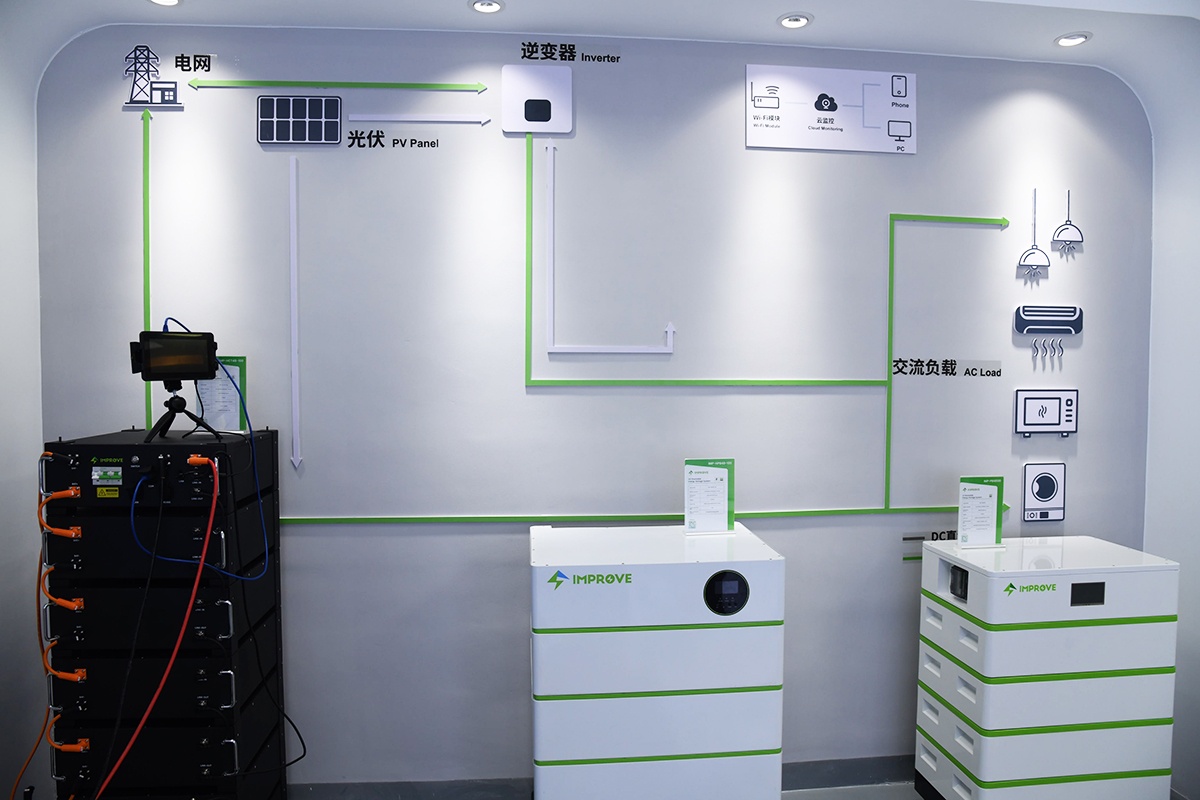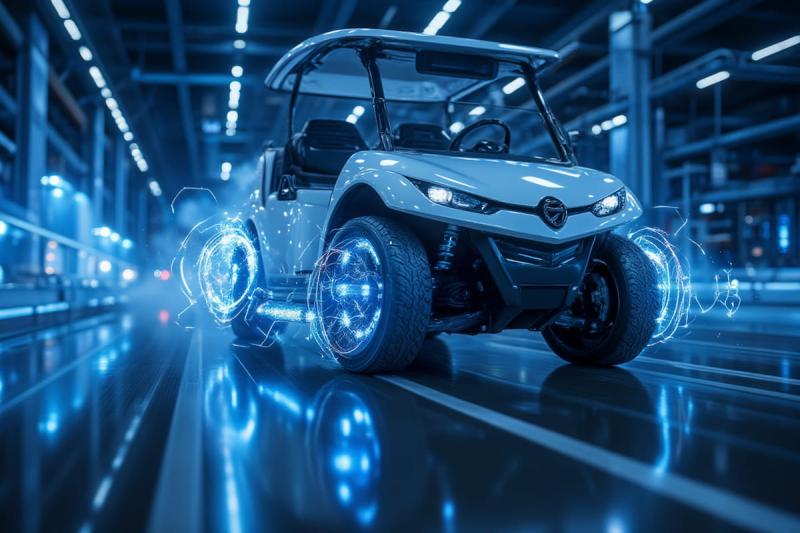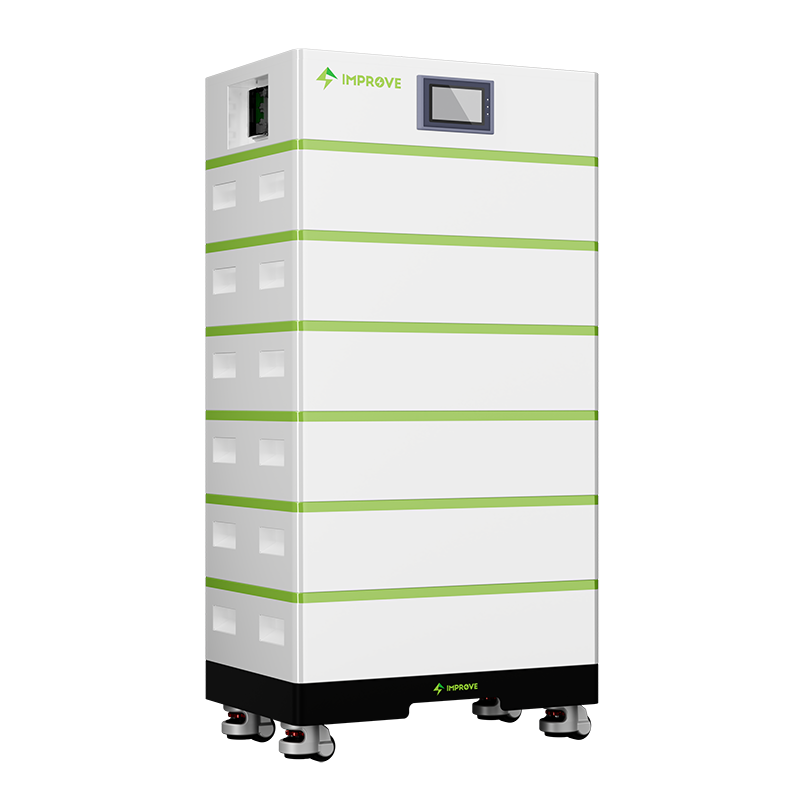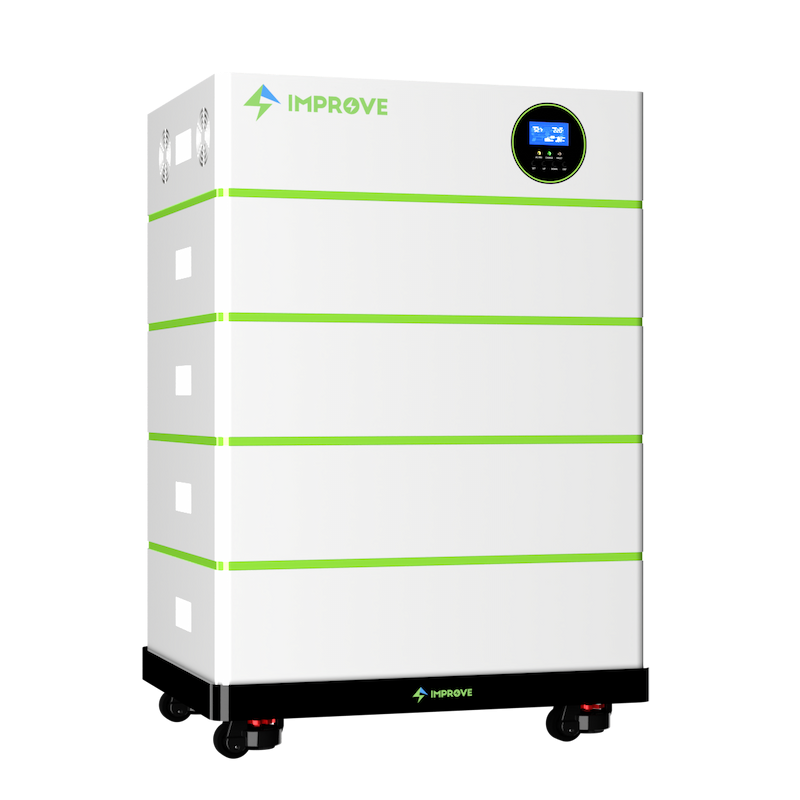In recent years, with the country's vigorous advocacy of clean energy, the application of off-grid photovoltaic power generation systems has increased. The following is an introduction to the off-grid photovoltaic power generation system. If you are interested, let's take a look.
1.System composition
The off-grid photovoltaic power generation system is mainly composed of four major parts: photovoltaic panels, photovoltaic controllers, inverters and battery packs. The functions and roles of each part are:
- Photovoltaic panel: It is the core of photovoltaic power generation, and its function is to directly convert solar radiation energy into DC power to supply the load or store it in the battery.
- Photovoltaic controller: Since the output of the general monocrystalline silicon or polycrystalline silicon photovoltaic panel is a current source type, it cannot be directly output to the load and the battery. It needs to be converted into a stable voltage or current acceptable to the battery through the photovoltaic controller. Realize the effective charging of the battery or supply the external load. The photovoltaic controller can also realize the overshoot and overdischarge protection functions of the battery pack.
- Inverter: If the output is required to be DC, the voltage of the battery can be converted into different DC voltages through this part to adapt to different load equipment. If the output is AC, it can be converted into AC 220V (single-phase) and 380V (three-phase) through DC power. For the field of home energy storage, AC inverters are generally purchased. At present, many inverters have built-in photovoltaic controllers.
- Battery pack: The main task is to store energy, so as to ensure load power consumption at night or in cloudy and rainy days. For example, the IMP-PW48200 wall-mounted battery produced by Shenzhen Improve Battery Co., Ltd. can store 10kwh of energy
2.System Schematic

3.System adaptation areas
The off-grid photovoltaic power generation system is mainly suitable for household power supply, school power supply, hospital power supply, public power supply in urban communities, government departments, and office buildings in enterprises and institutions.








